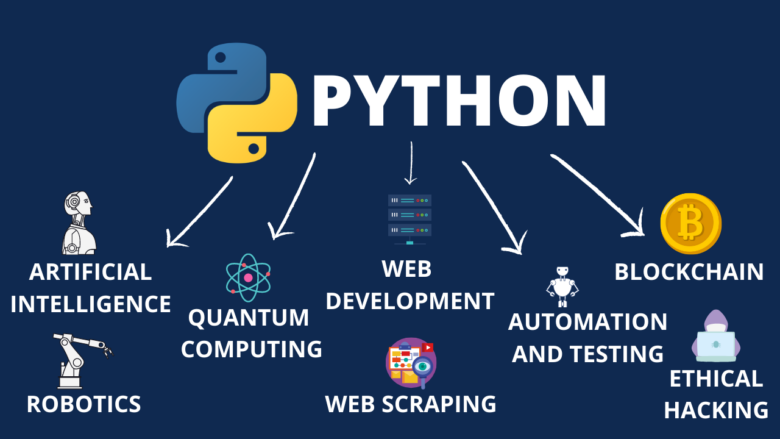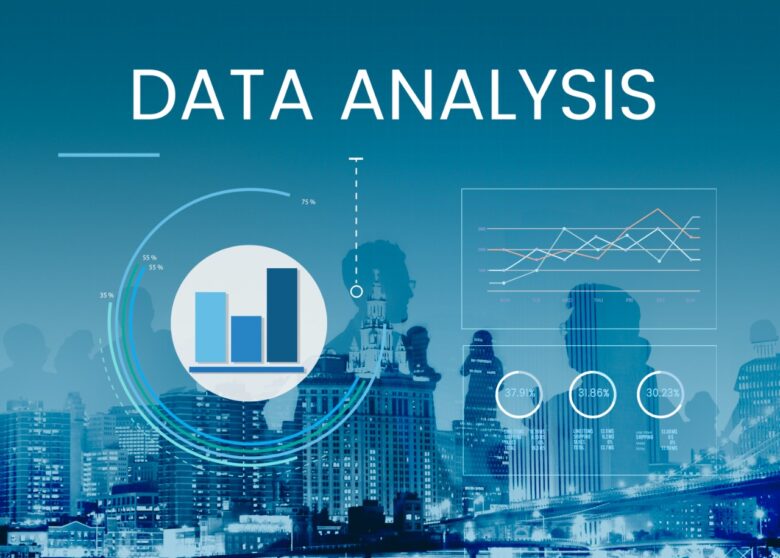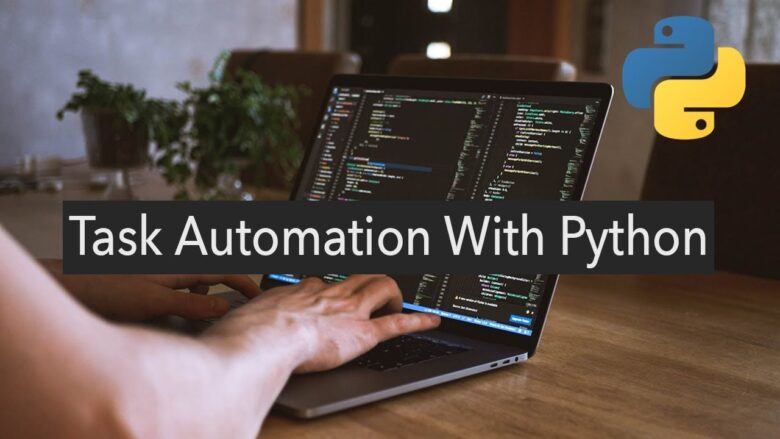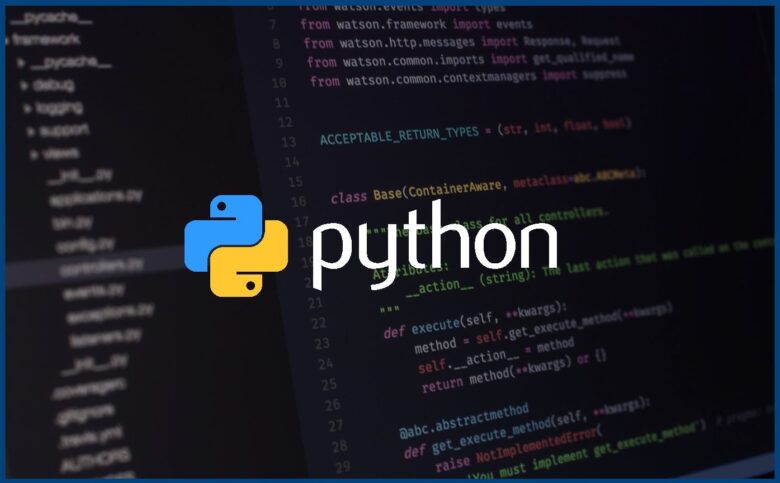Python is currently one of the most popular programming languages. Its user base is expanding daily. What is Python used for, though? Python is widely used by businesses to analyze data, create machine learning models, build websites and software. Want more info? Click here!
Here we’ll take a look at the main uses of Python and the reasons why it is so popular.
Why is Python so popular?

Let’s discuss the main benefits of using Python that make it such a powerful and widespread programming language:
- Its natural-looking, intuitive syntax makes it simple to learn, especially for those who are just starting out in programming.
- It’s simple to code, read, and debug.
- It provides a comprehensive standard library and a wide selection of well-documented and comprehensive additional libraries and modules.
- It’s free for both individuals and companies.
- With a huge support community, Python is constantly being developed, improved, and expanded.
- It can be utilized in any project and used to address challenging issues.
It has many applications because it is a general-purpose language. You can check the main ones below.
6 ways to use Python
1. Data analysis

Data has become a valuable asset in any modern industry. Most companies are interested in collecting, processing, and analyzing relevant data to extract valuable business insights from it. And here, Python goes beyond any competition.
Python is particularly valuable because, besides its extensive standard library, it provides an impressive set of add-on modules designed specifically for analytical purposes.
The most famous Python libraries for data analysis are pandas and NumPy. These tools allow you to do almost anything with your data, such as cleaning and analyzing it, studying statistics, or visualizing hidden trends in your data.
In addition to these two libraries, you can use many others for various data-related tasks such as data visualization, web browsing, or hypothesis testing.
2. Data visualization
Data visualization is a separate part of data analysis that helps us present information, whether raw or refined and transformed, in a more compelling and meaningful way.
This is where Python comes into play again, offering a wide range of data visualization tools. The most popular of these are matplotlib and seaborn based on it. Using them, we can create all kinds of visualizations, literally from simple ones (line charts, bar charts, histograms) to more complex ones (animated charts, flow lines, cluster maps, joy charts, etc.). Want more info? Click here.
3. Machine learning

Machine learning (ML) is at the heart of most data science tasks. It is a field of artificial intelligence (AI) associated with using algorithms to allow machines to learn patterns and trends from past data to make predictions based on unknown data.
Using ML approaches, we can create models that can accurately predict a company’s customer churn rate, estimate a person’s risk of a particular disease, determine the optimal location of taxi cars, etc.
Three lines of Python code is everything you need to create an ML model. Although there are intricate calculations and processes hidden behind those few lines of code, Python Machine learning modules handle the majority of the work internally, greatly easing the task for the user.
4. Software development
In addition to its many applications in the fields of data science, Python is used in every phase of software development, including:
- build control;
- automatic continuous compilation;
- prototyping;
- bug tracking;
- testing;
- software maintenance.
The flexibility and, at the same time, the power of this programming language allows it to be used to create both relatively simple and advanced multi-protocol applications or enterprise products that require complex numerical calculations.
With Python, we can create audio or video programs based on artificial intelligence or machine learning methods, APIs (application programming interfaces), GUIs (graphical user interfaces), or any other type of software.
5. Web development

While to create the front end of a website (the part of the website accessible to its users), we will mainly use languages such as HTML, CSS, and JavaScript, for the back end (the invisible part of the website), we will often choose Python.
For these objectives, Python is used for some typical frameworks (like Django or Flask) with specialized built-in modules that allow you to communicate with servers, process information, access databases, route URLs, manage content, and maintain website security.
Among the giant websites and apps built with Python are Google, Facebook, Instagram, YouTube, Dropbox, and Reddit.
6. Task automation/scripts

Python is a fantastic language for creating software that automates a variety of monotonous chores. This process is also called scripting.
You may write scripts specifically for working with files and directories. You can make changes to files’ contents, examine them for errors, duplicates, or certain text patterns, and create, rename, convert, divide, merge, or delete files, for instance.
Moreover, Python automation can be used to find and download information from the internet, complete and submit online forms, and send recurring emails or notifications.
Doing all of these tasks by hand would be incredibly monotonous, time-consuming, and error-prone. Your efficiency will be substantially improved, and you’ll have more time and energy for more creative projects if you use Python scripts to complete these jobs in just a few minutes.
Final thoughts
Software development has experienced a boom in recent decades driven by several key factors, one of which is Python. Also, let’s not forget about the increased user demand for digital solutions. As companies look for ways to increase efficiency and stay competitive, there is a growing demand for technology solutions to increase process automation, reduce costs and improve the customer experience.
In parallel, the development of Python has allowed the creation of new software solutions that were previously impossible. The increasing speed and processing power of computers and the advent of new technologies such as artificial intelligence and the Internet of Things have opened up new possibilities for industries.
All this encourages companies to learn more about software development, showing interest in solutions that can help them increase their business’s productivity, agility, and sales.


